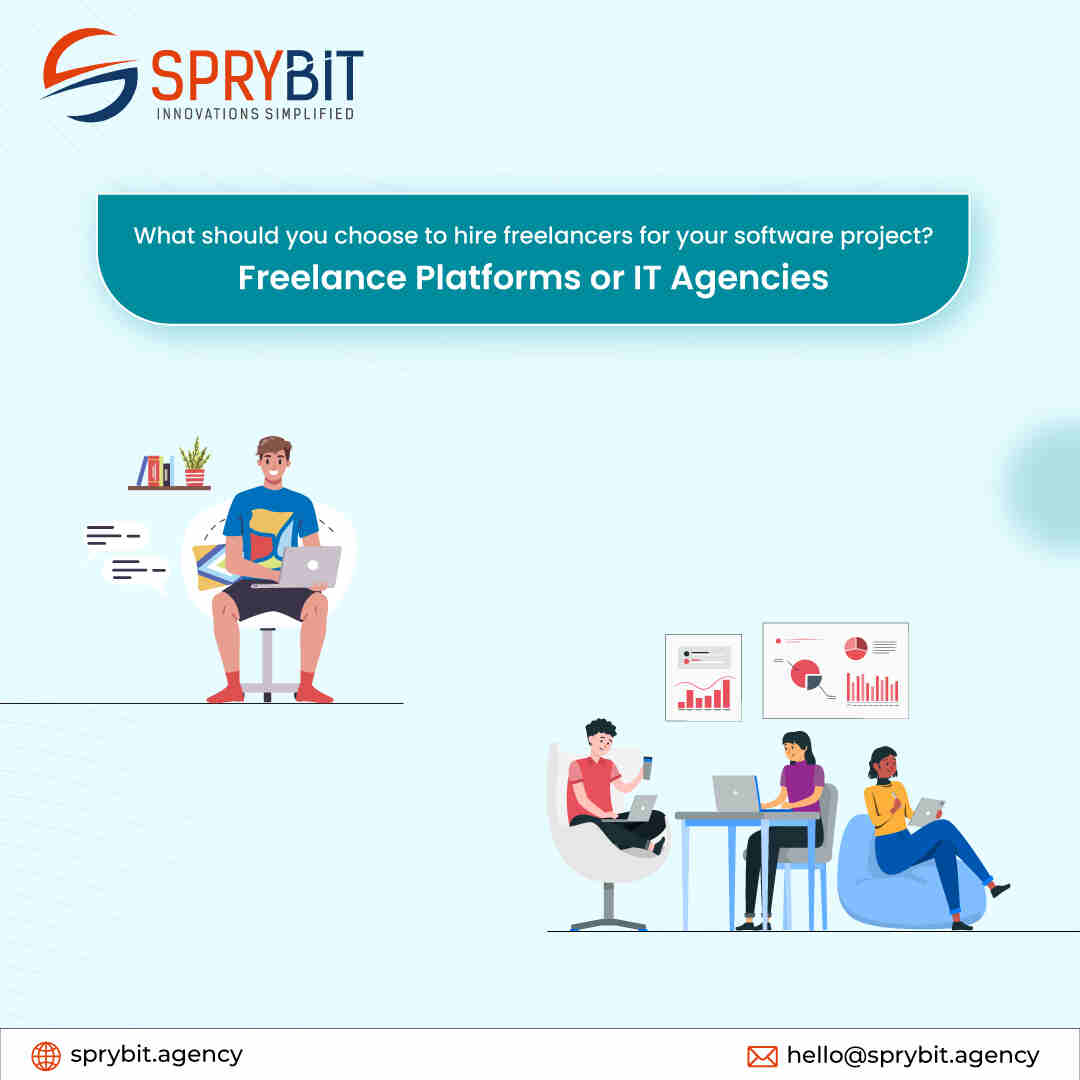
Hiring Developers: Freelance Platforms Vs IT Agencies
Hiring Developers on Contract: Freelance Platforms Vs IT Agencies

© 2024 Crivva - Business Promotion. All rights reserved.